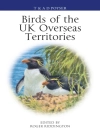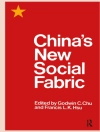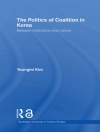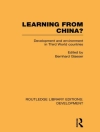Sierra Leona is unique among African states in the extent of its commitment to competition between individuals and parties for political office. Until 1967 it maintained a political system marked by vigorous competition between parties and by numerous opportunities for the expression of diverse and discordant views, despite the fact that the pressures working against ’open’ politics were no less severe than those found in neighbouring states. The dominant group in Sierra Leone politics from the start of decolonization in 1947 until the military coup of 1967 was the Sierra Leone Peoples Party, a loose coalition based on the common interests of the traditional rulers and the emerging bourgeoisie. Under the first Prime Minister, Sir Milton Margai, this coalition maintained itself against electoral challenges by absorbing leaders of the opposition. However, growing dissatisfaction with the dominant Mende tribe and class discontent with the traditional rulers gradually eroded the position of these groups.
In 1967 Sierra Leone passed the critical test of a competitive political system when the opposition party, the All Peoples Congress, defeated the SLPP and was called upon to form a government. This was the first time an opposition party in an independent tropical African state had come to power through the ballot box. Although the peaceful transfer of power was rudely shattered by a military coup, Sierra Leone had already demonstrated how firmly a competitive pattern of politics had been established, and just over a year later, an uprising of enlisted men against their officers restored the lawfully elected government, setting Sierra Leone once again on the path of a peaceful competition under constitutional rules.
In this thorough and well-documented study Dr Cartwright explains how Sierra Leone maintained this pattern of political competition. He concludes that the traditionally oriented political leadership was able to maintain its position because of the relatively slow rate of social change outside the political sphere, and because of its own ability to adapt traditional patterns of behaviour to its new needs. He suggests that this traditional orientation played an important role in moderating the use of power by the new leaders and in making their position legitimate in the eyes of the people.
Although primarily aimed at political scientists, and particularly those with an interest in African politics, this study is also important to scholars in related disciplines who are interested in the social structures and forces that bear on political activity. Written in a simple, direct style, it can be read and appreciated by anyone who wishes an account of what happened in the politics of one of the most interesting of the English-speaking African states.












